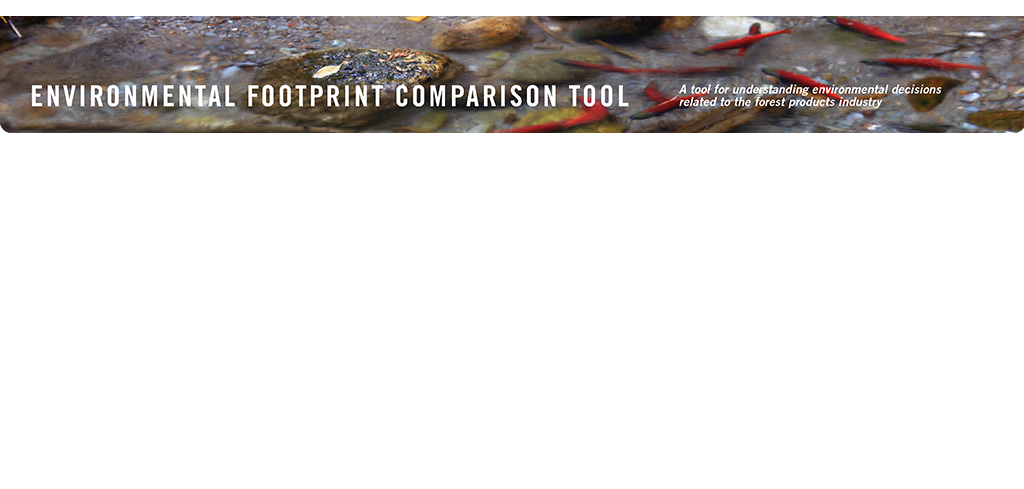
Efforts to reduce discharges of BOD/COD and TSS to water can involve either changes within the millís
production areas and/or the addition of wastewater treatment system capacity or components.
Changes within mill production areas that are undertaken with the objective of reducing discharges to
water would not be expected to affect greenhouse gas emissions directly. However, to the extent that
such changes may impact energy use at the mill, greenhouse gas emissions can be affected. Energy cobenefits
and trade-offs are discussed under the Energy section of this tool.
Reduction of discharges to water that are achieved by installing additional treatment capacity or
components would not be expected to impact greenhouse gas emissions, except as related to the
increased use of energy to supply the new or upgraded wastewater treatment systems. The installation
of tertiary treatment systems that generate additional amounts of residuals (e.g., flocculation systems for
color or chemical oxygen demand removal) do have the potential to increase greenhouse gas emissions.
This would occur in the case where the residuals were managed in landfills or by other means. where
carbon in the residuals is converted to methane rather than carbon dioxide. Methane is approximately 25
times more potent as a greenhouse gas than is carbon dioxide.

- WATER
- ENERGY
- GREENHOUSE GASES
- CHLORINATED COMPOUNDS
- WOOD USE
- ODOR
- EMISSIONS TO AIR
- DISCHARGE TO WATER
- SOLID WASTE
- Lowgrid10
- Lowgrid11
- Lowgrid13
- Lowgrid15
- Lowgrid16
- Lowgrid21
- Lowgrid22
- Lowgrid23
- Lowgrid24
- Lowgrid26
- Lowgrid27
- Lowgrid28
- Lowgrid29
- Lowgrid30
- Lowgrid31
- Lowgrid32
- Lowgrid33
- Lowgrid35
- Lowgrid37
